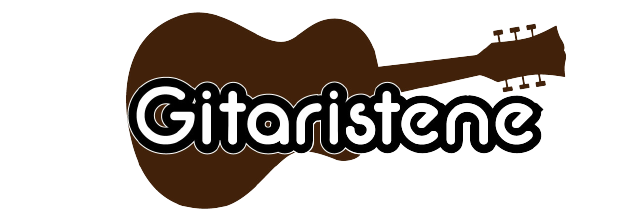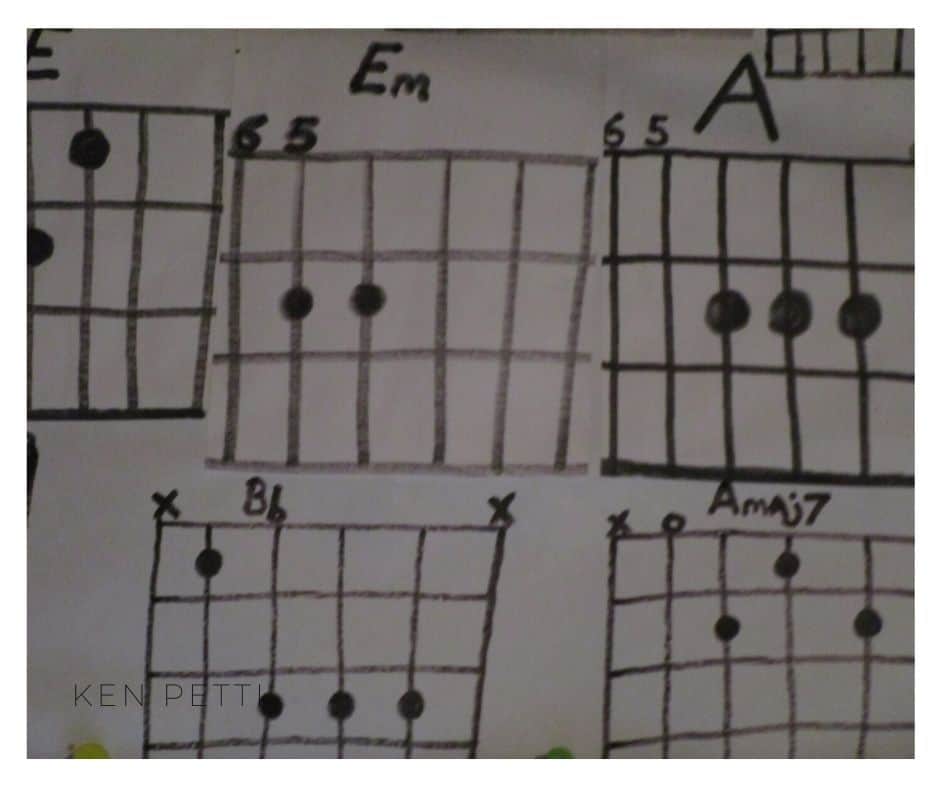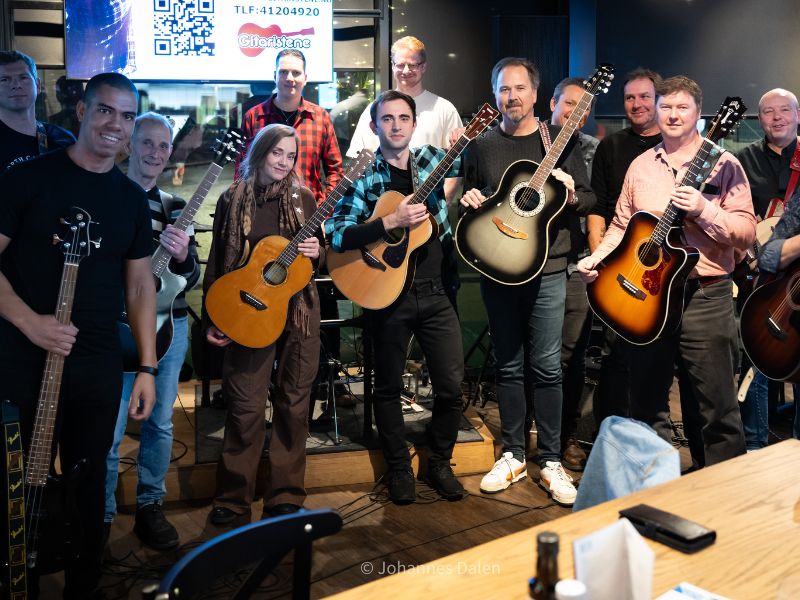The chords represent the foundation for guitar playing – they are considered as the “musical alphabet”. When you learn the basic chords, you can already consider yourself as the guitar player. As a matter of fact, a lot of guitarists stay on this level of playing, especially if they also sing.
A chord is a set of notes that are played together. It consists of three notes – the 1st, the 3rd and the 5th note of a scale. If you are not familiar with these terms, don’t worry, as it is totally irrelevant for the actual playing.
Before we start, just a little warning for the beginners – prepare your fingertips! Especially if you are learning to play on an acoustic guitar.
In the beginning, you will probably experience pain in your fingers during playing, especially if you play the guitar with metal strings and if the distance between the strings and the neck is wide. However, there is no need to worry because very soon your fingertips will become solid and you will be able to play without any inconvenience.
Now let’s see the chords!
A minor chord

A symbol for A minor is the actual name of the note (A) with a letter m (for “minor”). The black circles on the string represent the fret on which you should press the string. As you can see, there are numbers within these circles; the numbers show you which finger to use on which fret. The guitarists use all of their fingers, except the thumb. Although it is true that some players use thumb, if you are a beginner, you should forget about it for now. Your thumb has a different role – you need it to press the back of your guitar neck while you are playing!
In this tablature, every finger has its number:
- Index finger – 1
- Middle finger – 2
- Ring finger – 3
- Little finger – 4
So, in order to play the A minor, press your index finger on the 1st fret of a second string, your ring finger on the 2nd fret of a third string, and your middle finger on the 2nd fret of the fourth string. The first and fifth strings should be played open and the sixth string should be muted (or simply don’t play it).
A major chord

This is the tablature for the A major chord. There are two ways to write the major chord name. Either you can put just the note name (in this case A) or you can write capital letter M after the note (AM). Having in mind that the majority of musicians write major chords only with the note name, we will stick to that.
Not surprisingly, the A major is very similar to the A minor. The only difference is that the second string is played on the 2nd fret instead of the 1st fret.
Pay attention to the finger position. Because it is a different chord shape, the finger position also has to be changed so you can play the chord without having to stretch your fingers too much.
Like in the case of the A minor, the first and fifth strings are open, and the sixth one is muted.
D minor and D major chord


When it comes to these two chords, the situation is very similar to the A minor and major. The only thing that is different is the position of one note.
The other elements are the same – the fourth string is played open and the top two strings are muted (i.e. you don’t play them).
E minor and E major


Welcome to the easiest chord to play – the E minor. You will need only two fingers for this one. Besides that, in the case of these two chords, there are no muted strings, so you can freely strum all of the strings.
C major chord

This chord is a little trickier than the previous ones. The thing is that you need to cover three frets with your fingers. It is similar to the A minor, as they only differ in one note. When you play the A minor, all you have to do is to move your ring finger from the 2nd fret third string to the 3rd fret fifth string and there you have it – the C major!
G major

G major is definitely the most demanding chord on our list. For this one, you’ll have to use all of your playing fingers. Another trick is that you need to cover the first and the last two strings, which is not a very easy thing to do if you are a beginner. However, just keep on practicing and before you know it you’ll play all of these chords with your eyes closed!
About Author: Learning to play guitar can seem like a long process, and while it is. It’s also an enjoyable one. At Guitar Tuition East London’s Guitar Lessons they focus on children and adult’s guitar skills but also overall musical development. That helps improve their confidence and creativity on the guitar.
Klikk her for å lese denne artikkelen på norsk




